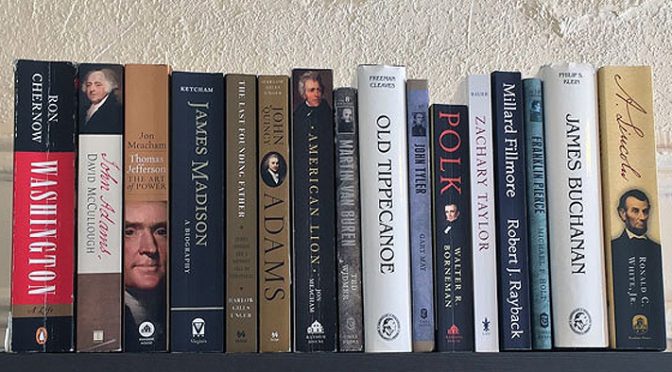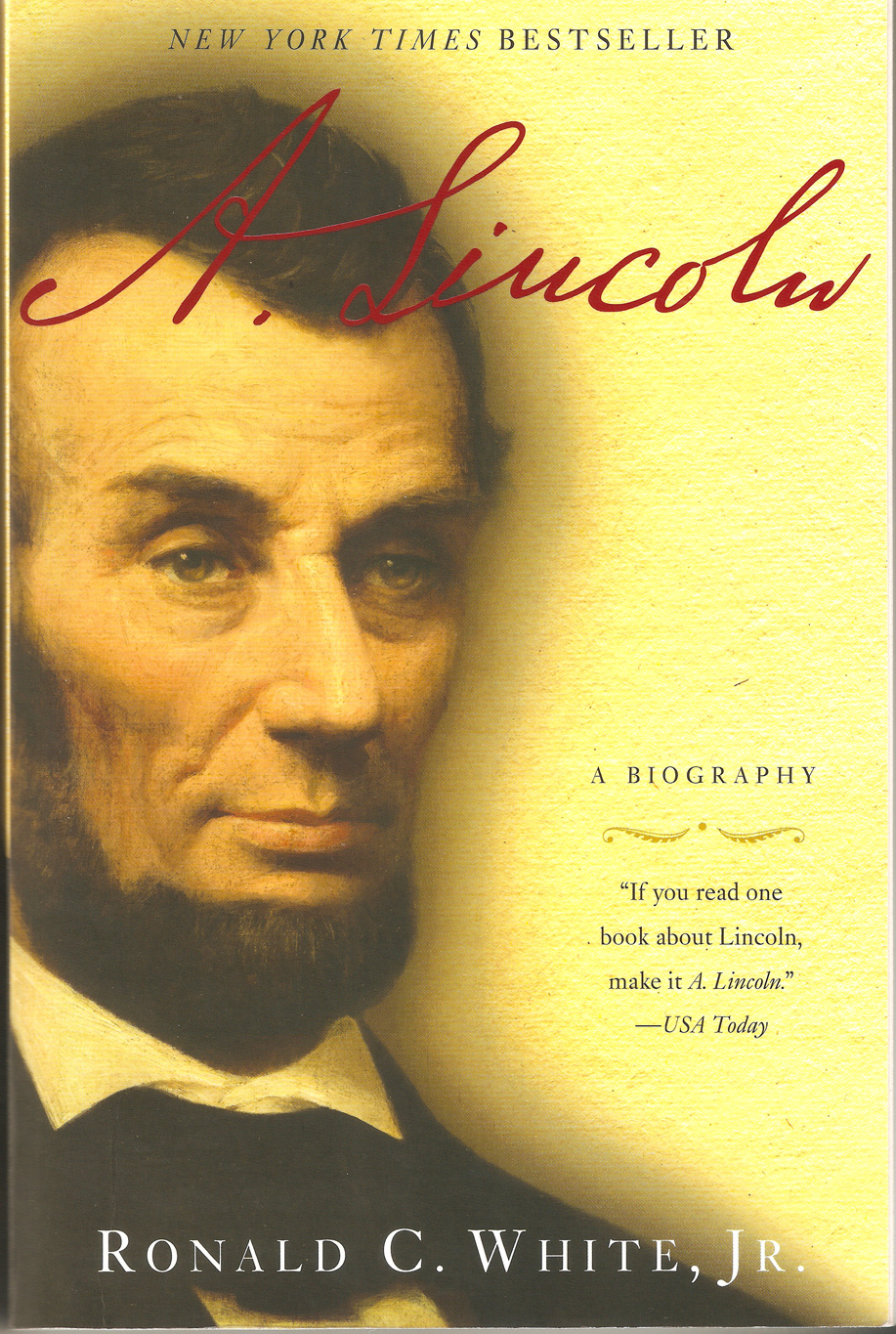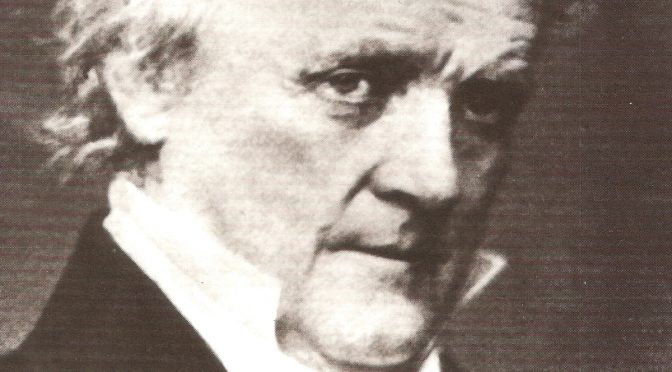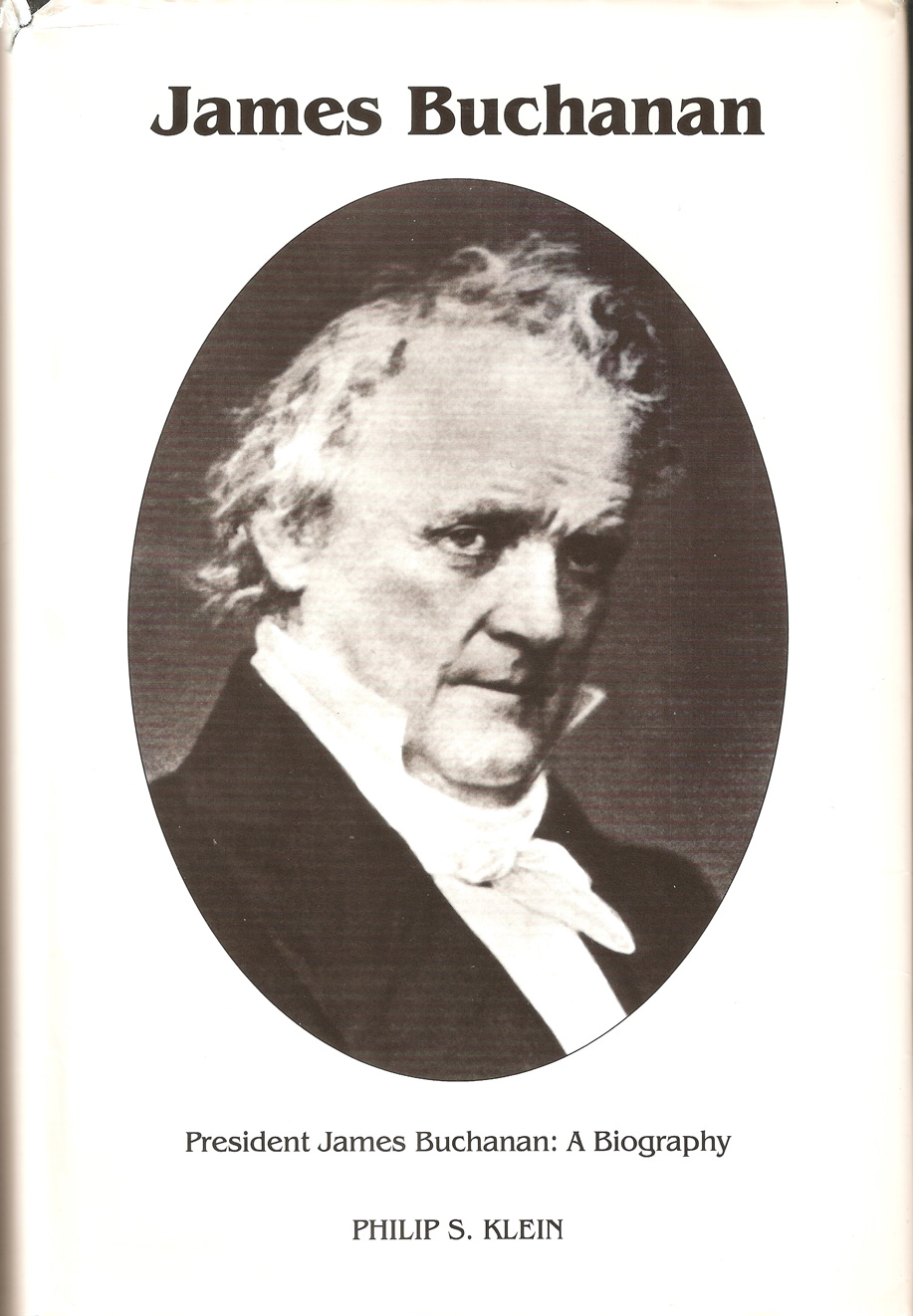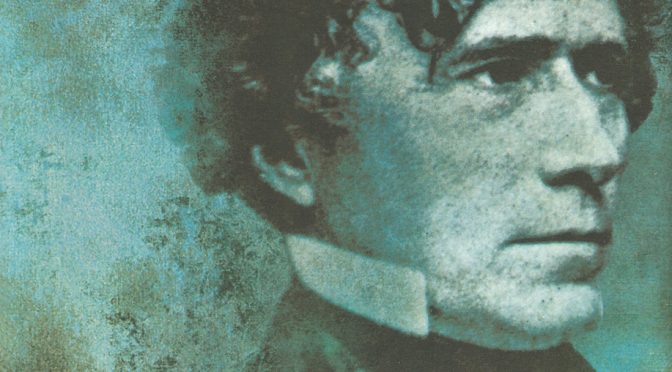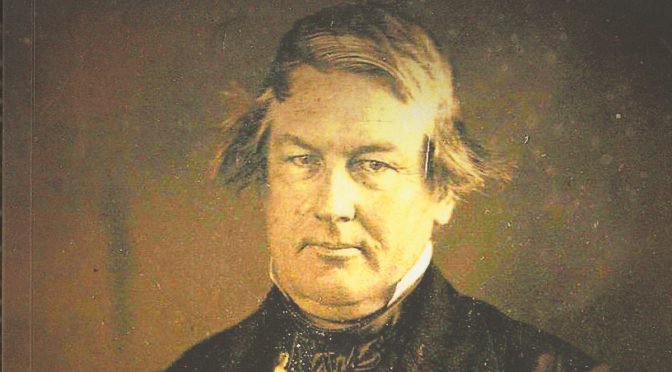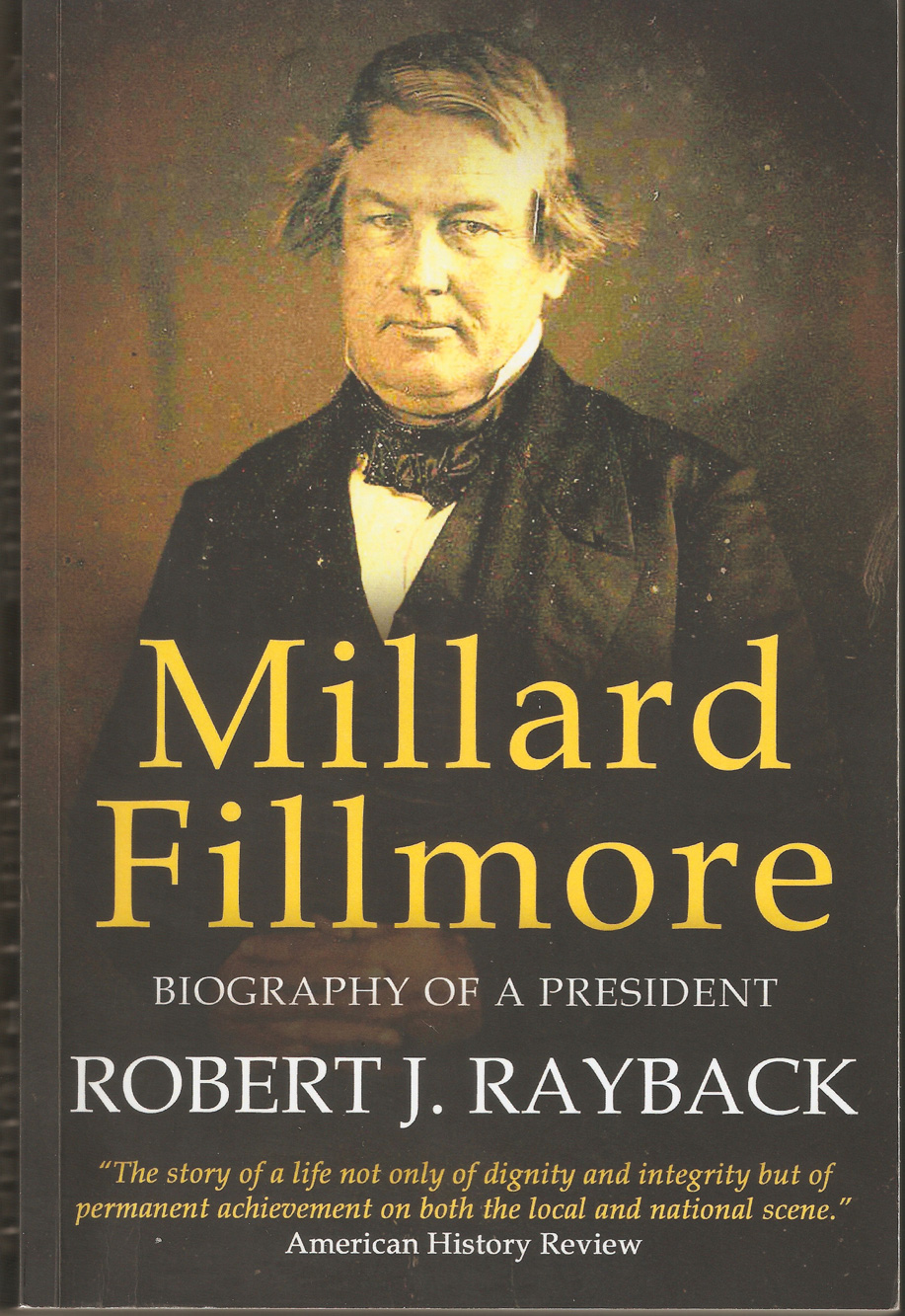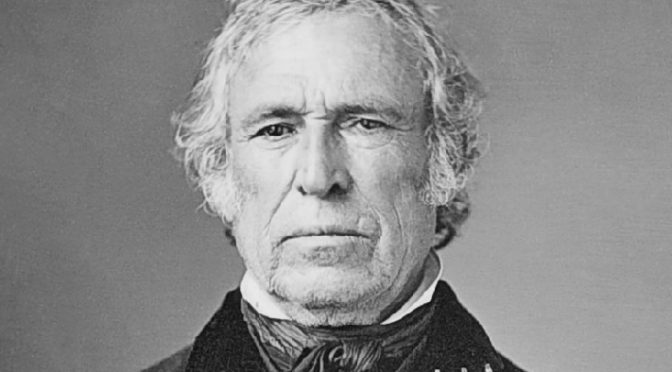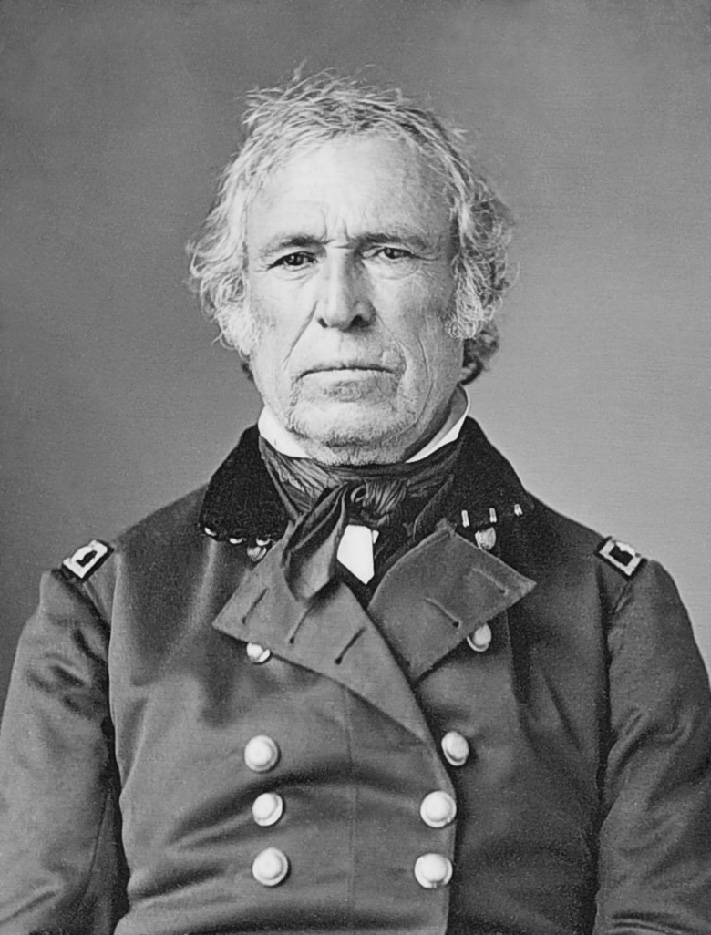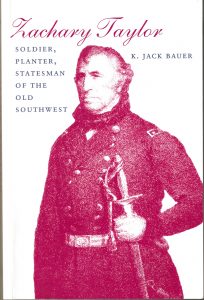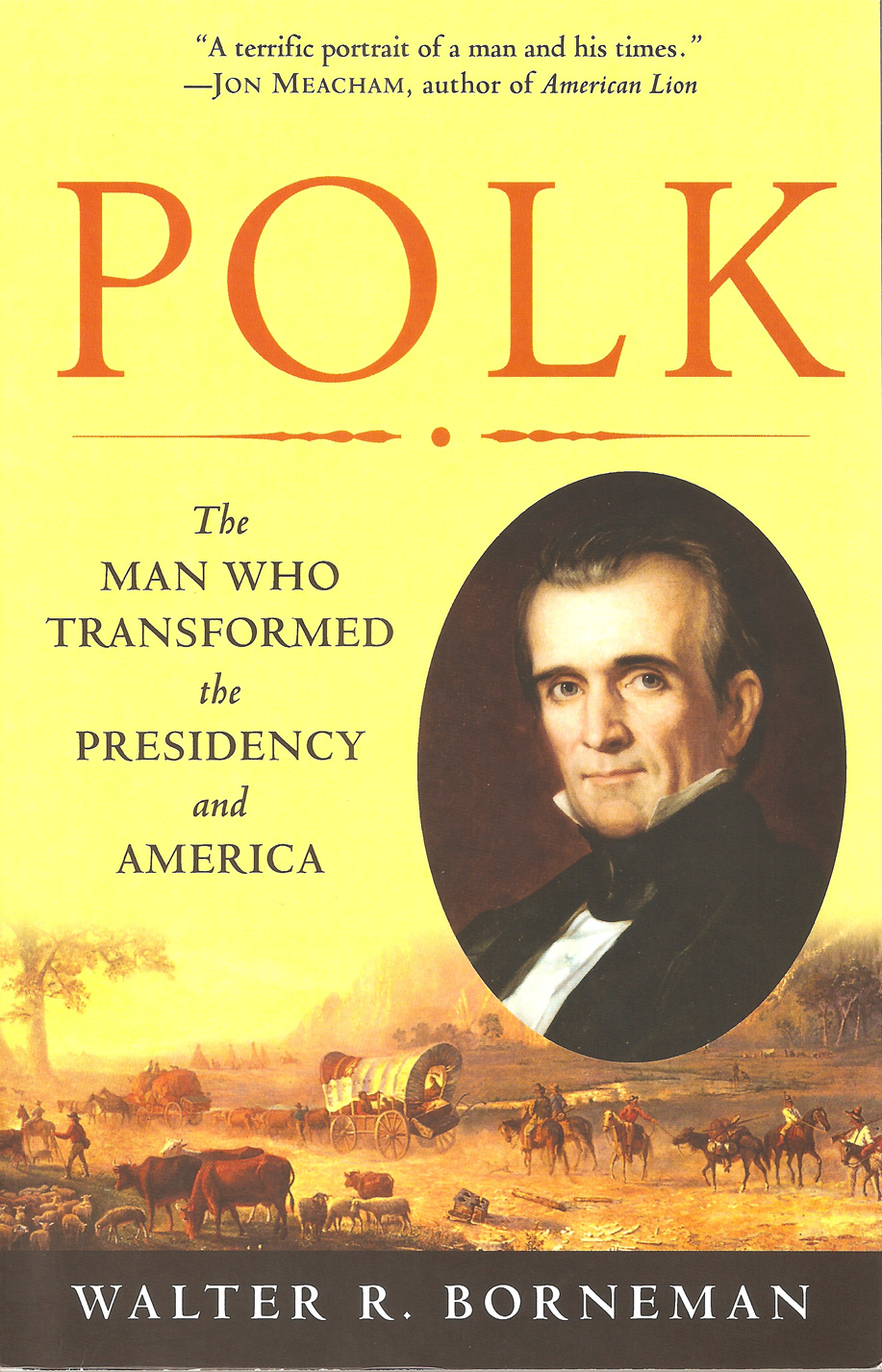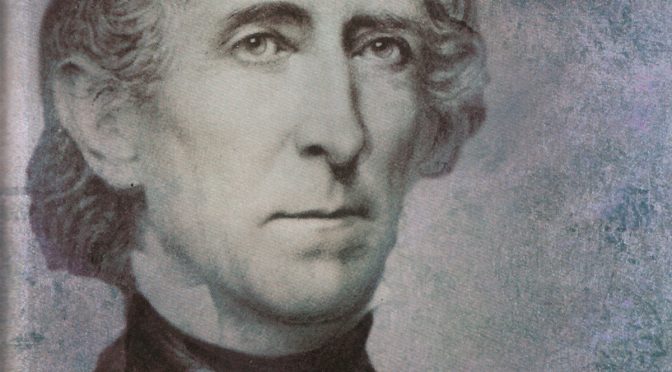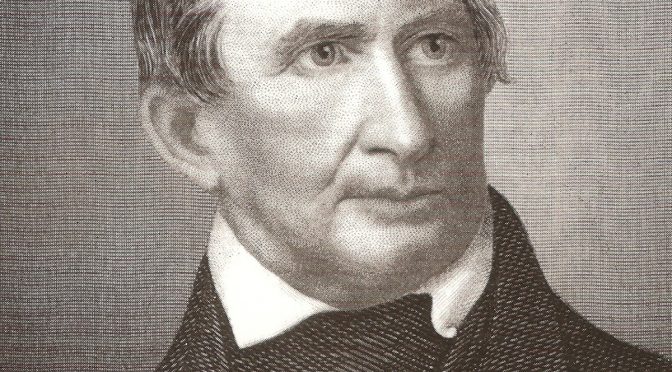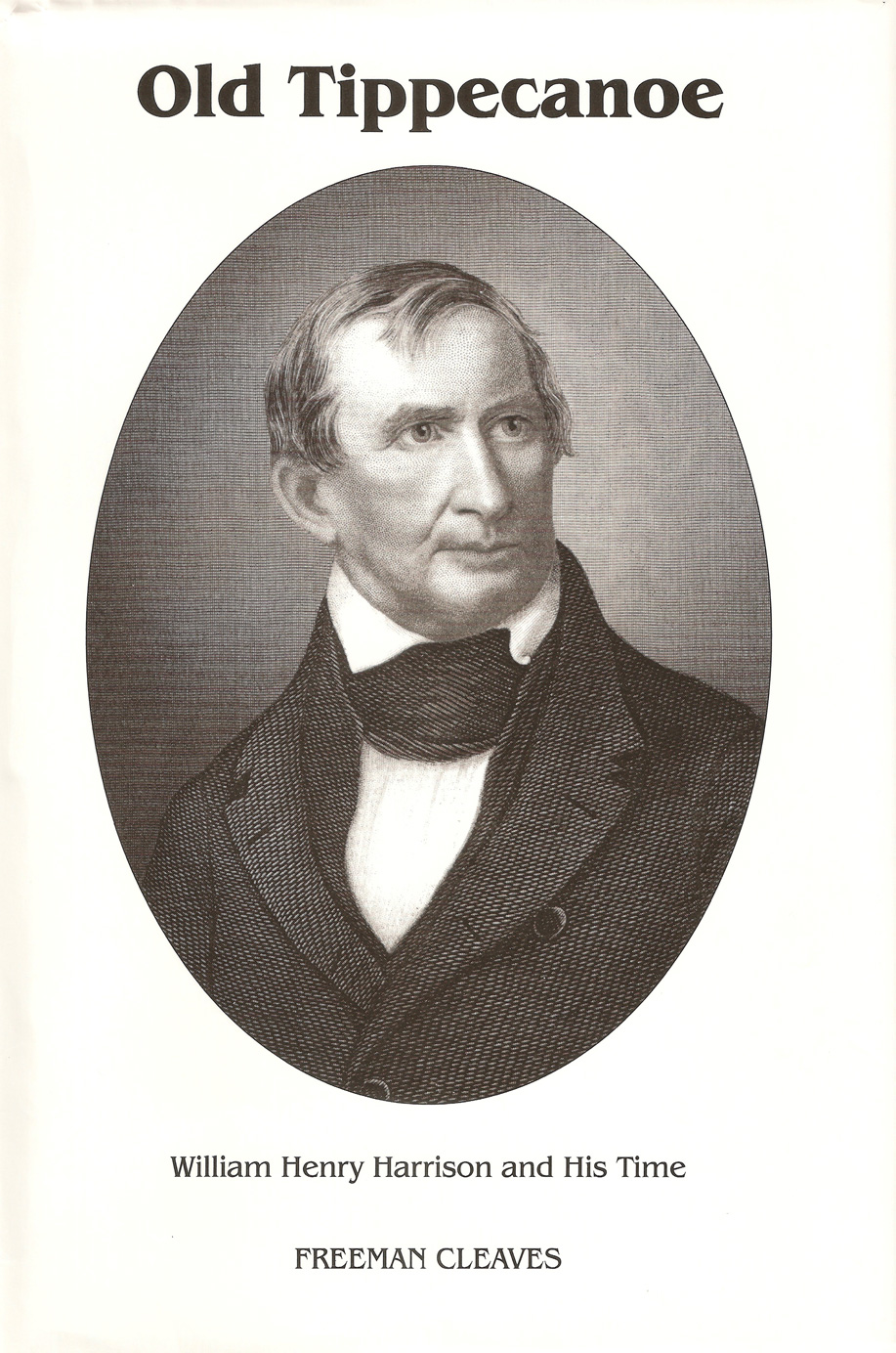In “Team of Rivals: The Political Genius of Abraham Lincoln,” author Doris Kearns Goodwin focuses on how Lincoln assembled and worked with his cabinet, which was (in my view) the best cabinet since that of George Washington.
Leading up to the Republican nominating convention in 1860, the front-runner was William H. Seward, who had been governor of New York and a United States Senator. Seward was a giant in the Senate, an elder statesman, the “heir apparent” to the nomination and the presidency. There was also Salmon P. Chase, who had also been a Senator and a Governor of his home state of Ohio, and Edward Bates of Missouri. But at the convention none of them could get a majority, so their delegates switched over to Lincoln, who got the nomination on the third ballot.
After he was elected, Lincoln immediately decided he wanted his three main political foes to join him. He had a party and a country to hold together, and he wanted the best and brightest, working with him. So he set aside all personal rivalry and chose Seward as Secretary of State, Chase as Treasury Secretary, and Bates as Attorney General. Later, he also brought in Edwin Stanton as Secretary of War. Years previous, Stanton had humiliated Lincoln during a court trial they were both involved with as lawyers. But again, Lincoln did not let his hurt feelings from the past get in the way of picking the person he thought was best for the country.
These choices turned out to be excellent ones. Lincoln became closest with Seward and Stanton, who were crucial in the war effort. Chase was an excellent manager of the nation’s finances and proved vital as well, but he was often complaining and scheming behind Lincoln’s back and kept threatening to resign when he did not get his way. Lincoln kept Chase because he felt the country needed him.
This is the book upon which the 2012 movie “Lincoln,” directed by Steven Spielberg and starring Daniel Day Lewis, was based. But the movie focuses mostly on Lincoln’s fight to get the House of Representatives to pass the 13th Amendment abolishing slavery, which does not come until the very end of this 750-page text. So it’s weird to say on the cover that this book is “now a major motion picture.” Perhaps it’s because, in many ways, the movie draws on larger themes in “Team of Rivals” — in that it shows how Lincoln thought through complex issues, how he often used storytelling to make a political point, and how he faced immense heartbreak in his family life.
The first third of this book is really four biographies in one, jumping between the careers and lives of Seward, Chase and Bates in addition to Lincoln. There is so much in the book that is not covered at all in the movie, so if you watch the movie and don’t read the book you’re really missing out. This was a long book that took me more than a month to finish, but I learned so much and I’m so glad I read it.
One thing I learned in my reading was that out of all the men around Lincoln, it was Chase who was the most anti-slavery, who held what would be called today the “most progressive” views of racial equality. That’s why I was especially touched that Lincoln named Chase to be Chief Justice of the Supreme Court. Lincoln had finally accepted Chase’s resignation after Chase had schemed yet again behind his back. Seward, Stanton and Bates wanted the court seat and had been more loyal. But yet again Lincoln set aside what most others in his position might have done and picked the person he felt was best for the country.



